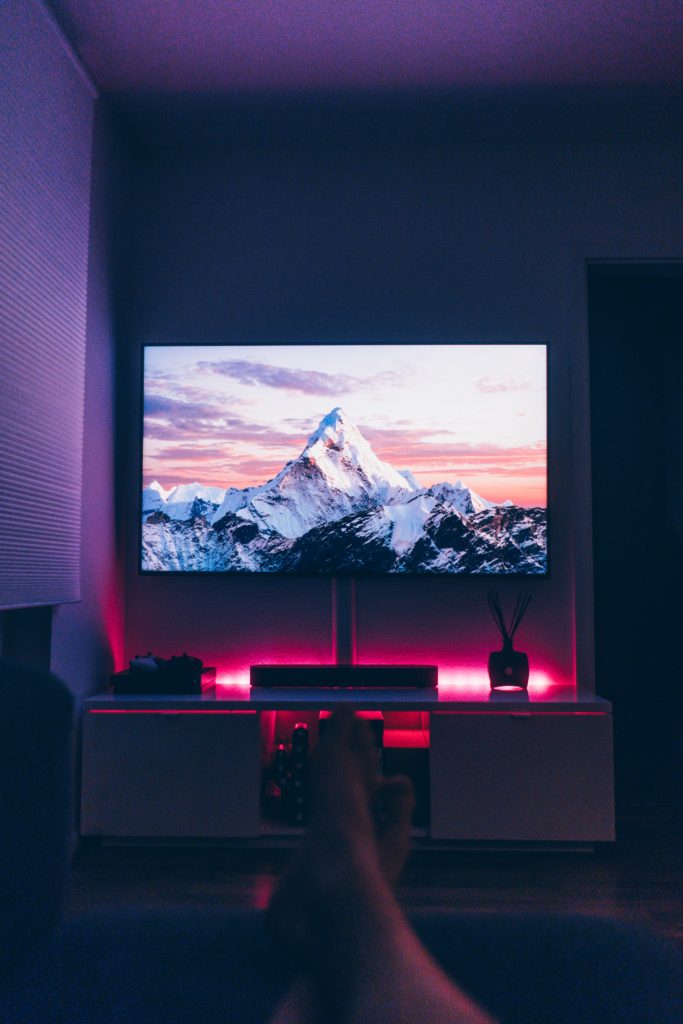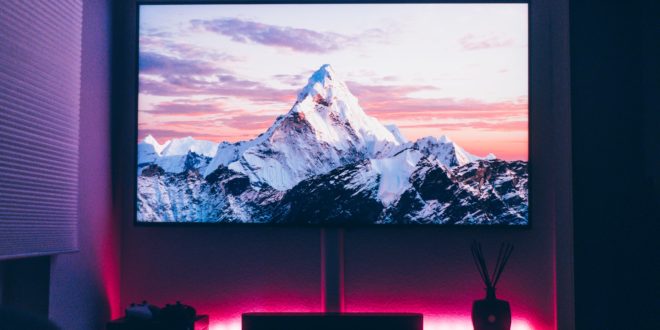 There’s a reason why autumn is a favourite season with many of us. It’s a time when the world slows down; when leaves fall from the trees, plants grow more slowly, and the sun is less intense. It’s also the time when we enjoy the quiet warmth of the heat pump or the peaceful crackle of a burning log in the fireplace. As the days grow cooler, and comfort food is called for, we also become a little more generous toward ourselves in what we prepare for dinner. The mellow flavours of an unhurried casserole replace the zing of a cool salad, and the softness of slippers takes over from the sandy rasp of flip-flops. In short, autumn, and the cooler months which follow, are a time to slow down.
There’s a reason why autumn is a favourite season with many of us. It’s a time when the world slows down; when leaves fall from the trees, plants grow more slowly, and the sun is less intense. It’s also the time when we enjoy the quiet warmth of the heat pump or the peaceful crackle of a burning log in the fireplace. As the days grow cooler, and comfort food is called for, we also become a little more generous toward ourselves in what we prepare for dinner. The mellow flavours of an unhurried casserole replace the zing of a cool salad, and the softness of slippers takes over from the sandy rasp of flip-flops. In short, autumn, and the cooler months which follow, are a time to slow down.
In the same way that autumn slows us down mentally and physically, so an interesting genre of television has also been playing its part in helping us to relax. Slow television, a genre of film which has gathered an increasingly devoted following since it was first popularised by the Norwegian Broadcasting Corporation in the 2000s, delivers hours and hours of completely unedited, uninterrupted footage of a single happening. One of the first ‘slow television’ epics covered the view from a train as it made its way from Bergen to Oslo along Norway’s scenic Bergen railway line. Every moment of the journey is recorded, from stops and starts at busy city stations, to vast tracks of uninhabited, snowy forest. The result is a deeply relaxing, mesmerising watch which effortlessly draws the viewer into a world that is simultaneously tranquil and intriguing.
Since the days of that very long film, many others have come to join it. Viewers can settle into 18 hours of watching salmon-fishing, eight hours in front of logs crackling quietly in a fireplace, a 12-hour knitting marathon by would-be record-breakers, and 14 hours of bird watching at a single bird-feeder. And that’s just for starters! There are, literally, dozens of slow TV films waiting to be found. And what we need to know is that slow TV is actually thought, by many, to be good for our brains. In fact, some maintain that this kind of footage can be restorative is the same way a holiday can!
Part of the value of slow TV, it is suggested, is that instead of taking over our attention by bombarding us with action-packed footage that drowns out our own thoughts, it actually becomes a gentle backdrop which stimulates us to reflect on our inner musings and emotions. That’s why, if you’re watching slow TV with your friend or partner, you won’t necessarily be thinking about the same thing. Try it, and you’ll be surprised to find that your conversation will usually come and go from what you are watching to what you are thinking (the latter of which is likely to be completely unconnected to the subject of the film!).
In this way, slow TV is the perfect antidote to the chaos and rush of the modern world with its demanding notification chimes, the need to ‘perform’ on social media, appointments, report writing, personal training, child-minding, or just worrying. It’s a time to relax and reflect, to dream and recall.
Slow TV is also the travel you’ve always dreamed of without ever having to renew the passport, pack your bag, pay for the ticket, or complete, in a rush, those million-and-one other ‘must-dos’ that exhaust you before you’ve even left home.
To take what thousands consider to be the perfect break, head to Norwegian Broadcasting or check out You Tube’s slow TV offerings.










Join the Discussion
Type out your comment here:
You must be logged in to post a comment.